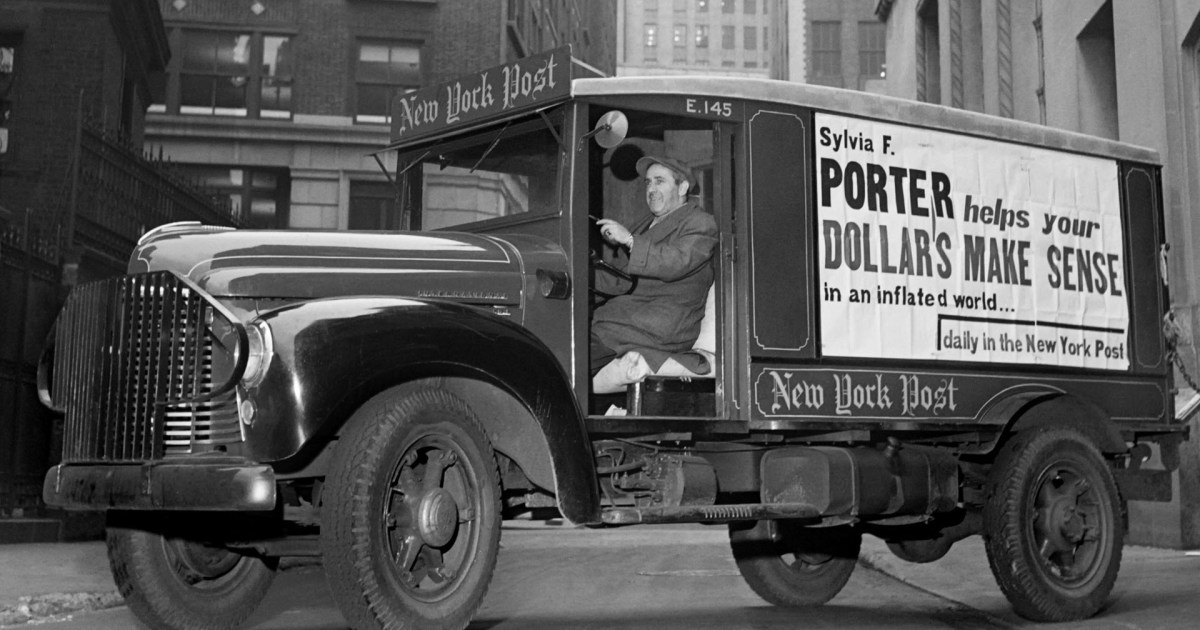American democracy is linked to its mail service, since the inception of the United States, the postal system has been a primary factor in raising awareness and extending popular sovereignty, after it has served as a central tool for the establishment of the American settler republic since the 18th century.
For a long time since its inception concurrent with the birth of the United States, the postal system has been the only government office that all Americans can access, the only employer that any American can work for, and the only entity that has provided universal service as corporate capitalism withdraws from urban centers and rural communities.
In his report for the Boston Review, writer Daniel Carpenter, an academic at Harvard University, considered that the American postal system is proud of its history that is inseparable from the history of the United States, as it mentioned "post offices" and "mail routes" in the United States Constitution in 1787 as a supposed function of the state. But it was not until the Postal Service Act of 1792 that Congress designed a nationwide postal system.
The country is extended by mail
Driven by the petitions system in which remote cities and settlements can request roads and offices, the law has accelerated the growth of a sprawling network across the new continent.
From 1792 to 1830 the number of post offices grew from 75 to 8,450, and by 1828 Americans had 74 post offices per 100,000 people, compared to 17 in Britain and only 4 in France.
During this period the government created tens of thousands of government jobs for the "common man" before the civil war.
It was the postal system that provided the model of patronage system in which mass party organizations could build networks and loyalties.
Mailed newspapers carried the ballot papers of the electorate, and mail-order voting spread throughout the 19th century, especially during the American Civil War.
In 1910, the Act passed postal savings depositing into freely accessible public savings accounts, which allowed Americans to bypass commercial banks.
The bill was bipartisan, pushed by postal officials, pushed by progressive agricultural lawmakers, and signed by President William Howard (died 1930), whose Republican party wanted an institutional means to boost overall savings, and during the Depression and War Americans were flocking to the postal savings system.
But the deep imprint of the postal system is the quality of almost every neighborhood in the vast country, which also meant the existence of an extended state and government services, in fact, the writer says, the Postal Inspection Authority was one of the most powerful economic regulation institutions in the United States in the 19th century, as it imposed Fraud and corruption laws and compensation for mismanagement of the states for trade between them.
Modernization and politicization
The zeitgeist prompted the "modernization" of mail in the 20th century, and in 1970, the Postal Reorganization Act was enacted, which ended the tradition of the postal system as an executive department at the cabinet level, and transformed it into a government company more liberal than Congress on topics such as pricing and planning.
The law weakened postal unions and a division of workers' organization along ethnic and regional lines.
Moreover, the act extended a previous set of reforms that stopped the railway mail service and ended the postal savings system.
But how did the post office become an integral part of partisan activity and politics in America. To answer these questions, The New Yorker spoke by phone with Winifred Gallagher, author of "How Did Post Offices Shaped America?"
(How the Post Office Created America), who told the story of the establishment of the institution in the 18th century and described its role in the United States during the modern era.
The oldest government agency
Gallagher said that the Founding Fathers of America created secret postal systems to avoid British spies in the 1860s and 1870s.
They were called "Correspondence Committees," and then the Patriots created the Constitutional Mail in 1774, which became the Post Office Department in 1775, so the Mail was already the oldest US government agency.
The Post Office, established in 1775, was designed to enable revolutionaries, generals, and logistics workers to communicate with each other during the War of Independence, and the first post general manager was Benjamin Franklin.
In 1792, the great politicians of America made the decision to use the post office for the political purpose of creating a conscious electorate, and mail was used to deliver newspapers.
In the second quarter of the nineteenth century, the politicization of post offices began, especially during the reign of the seventh president of the United States, Andrew Jackson (who ruled between 1829-1837). Which affected the postal service in some regions, according to the author.
Jackson made the postmaster a cabinet member and appointed friends, and since then the "spoils system" has allowed any party that won the White House to distribute tens of thousands of jobs to its supporters, Gallagher said.
The author says that the two main political parties used the postal service to distribute jobs on a computerized basis, but, in general, the post office always had a lot of bipartisan support.
As the controversy related to the 2020 US presidential elections appears new to American democracy, in which political polarization is increasing, the discussion of the role of the US Postal Service in the largest global democracy is not new, as it has been linked to the emergence of the United States and its political system since the founding of the country.

